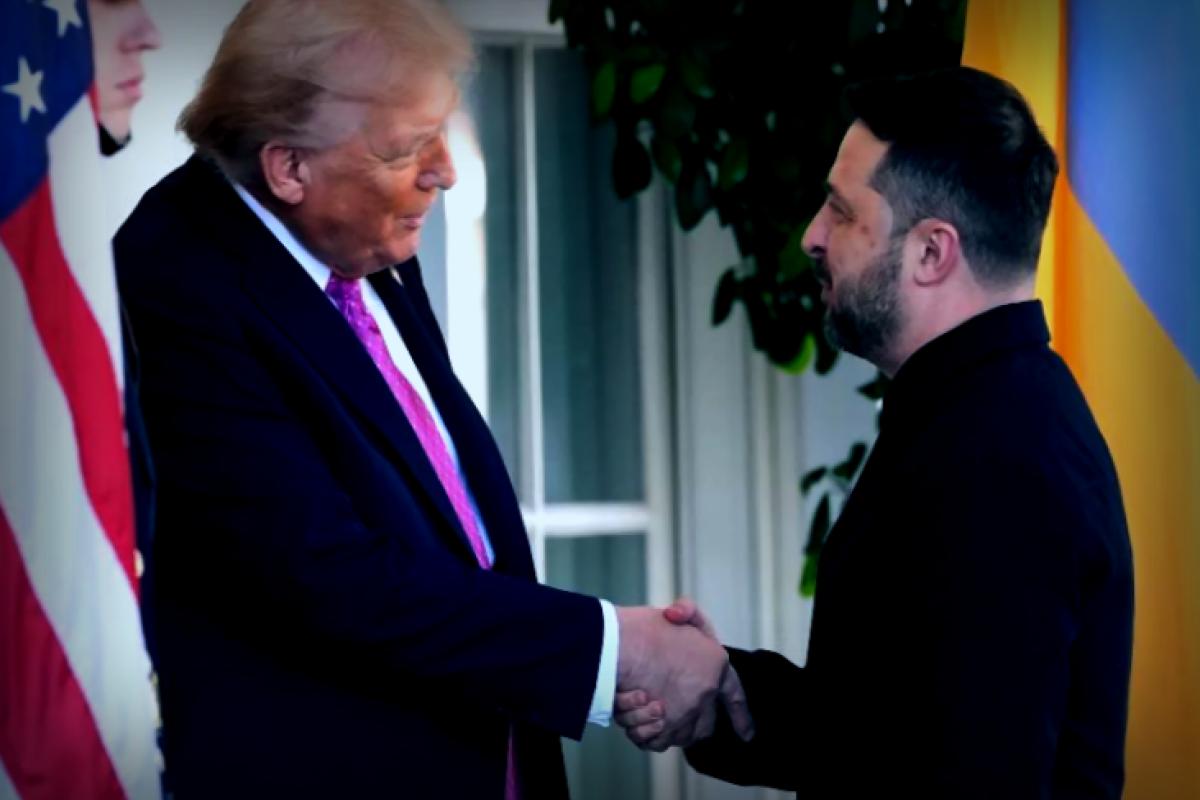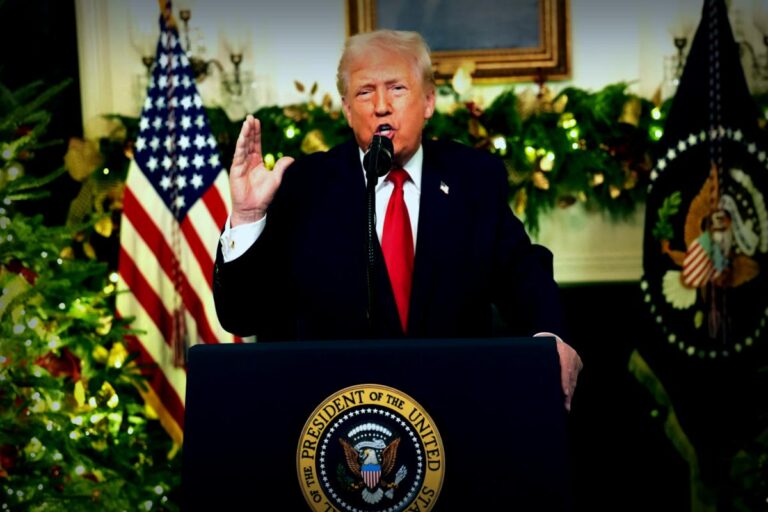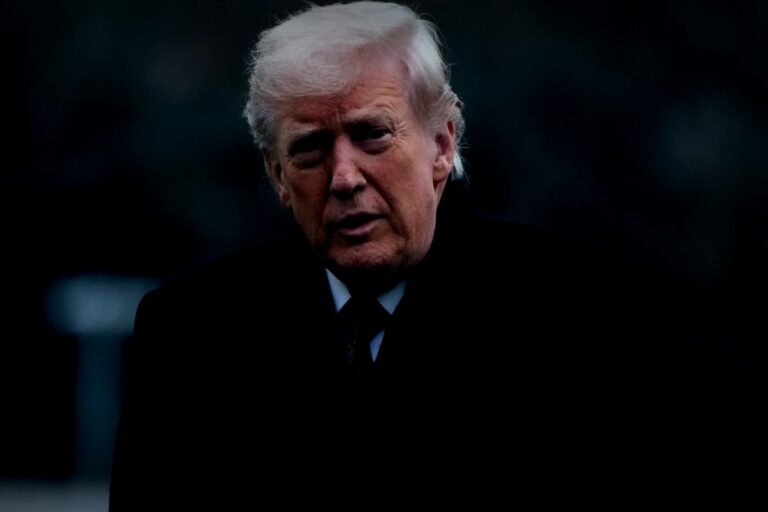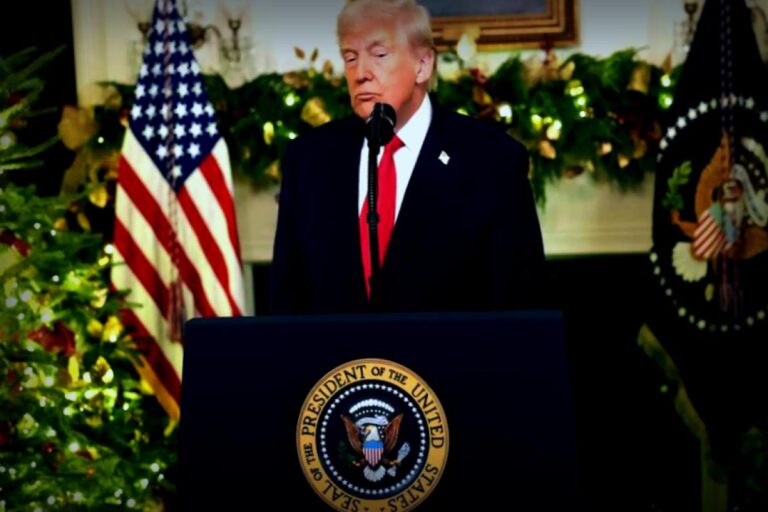
In a recent escalation, Ukrainian drones launched a strike on a major gas processing plant in the southern part of Russia, resulting in a fire. Authorities in both Russia and Kazakhstan confirmed that this action has prompted a halt in gas intake from Kazakhstan to the facility.
In another development, former President Trump suggested the possibility of Ukraine needing to concede territory as a condition for ending the ongoing conflict, signaling yet another shift in his stance on the route to peace—a position he has voiced in the past.
The targeted plant, located in the Orenburg region near the Kazakh border and managed by the state-owned Gazprom, stands as one of the largest facilities of its kind, boasting an annual processing capacity of about 49 billion cubic yards. This plant processes gas condensate sourced from Kazakhstan’s Karachaganak field along with resources from Orenburg’s own oil and gas fields.
According to Governor Yevgeny Solntsev, the drone attack led to a fire at a workshop within the plant and caused significant damage. A notification from Gazprom was relayed to the Kazakh Energy Ministry, indicating that the facility could not process gas from Kazakhstan currently due to the “emergency situation” caused by the drone strike.
Ukraine’s military officials reported a substantial fire at the Orenburg plant, confirming damage to one of its gas processing and purification units. In recent months, Ukraine has ramped up its attacks on Russian energy infrastructure, which it argues sustain Moscow’s military efforts.
In a related note, Ukrainian legal authorities accused Russian forces of adapting their aerial-guided bombs to target civilian areas deeper within Ukraine. Reports from Kharkiv indicated that a residential area was hit using a newly developed rocket-powered bomb for the first time.
The regional prosecutor’s office in Kharkiv announced that Russia utilized a bomb known as the UMPB-5R, capable of reaching distances up to 80 miles, in an offensive against the city of Lozava, situated around 90 miles south of Kharkiv.
Russian attacks continued in other regions closer to the front line; in Dnipropetrovsk, strikes injured at least 11 people, damaging 14 residential buildings and a retail store.
Additionally, it has been reported that a drone strike was executed on the Novokuibyshevsk oil refinery in Russia’s Samara region, which ignited a fire and caused damage to its main processing units. This facility, operated by Rosneft, has a capacity of 4.9 million tons and produces over 20 different oil products. However, Russian officials have yet to address the extent of the damage following Ukraine’s claims.
Meanwhile, Russia’s Defense Ministry stated that they had downed 45 Ukrainian drones overnight, including several targeting the Samara, Orenburg, and Saratov regions. On the other hand, the Ukrainian Air Force revealed that Russia launched 62 drones towards Ukrainian territory, with Ukrainian defense successfully intercepting 40 of them or causing them to veer off course due to jamming.
Trump’s comments seem to indicate a shift back to suggesting that Ukraine could face losing territory in exchange for peace, raising questions about his support for Ukraine winning back land lost during the conflict.
In a recent Fox News interview, Trump was asked whether he thought Russian President Vladimir Putin would consider bringing the war to an end “without taking significant property from Ukraine.” Trump’s response suggested that some territorial concessions might be inevitable. “He’s going to take something,” Trump declared, recalling losses that Russia has claimed during the conflict.
Even though Trump’s recent remarks indicate a change in tone, he had previously shown signs of impatience with Putin and hinted at more substantial support for Ukraine’s efforts.
During the interview, Trump was evasive about sending long-requested Tomahawk missiles to Ukraine, expressing concern over their capacity and stating, “We need them for ourselves too; we can’t give all our weapons to Ukraine.” His statements reflect continued negotiations on military aid and the complex dynamics at play.
Despite hopes among participants from both Russia and Ukraine regarding prospective dialogues in Budapest, a mutual expectation of no significant breakthroughs was commonplace.
The scheduled meeting between Trump and Putin awaits, as well as future discussions between Trump and Zelensky, who met at the White House shortly before the statement was made. Nonetheless, Trump has yet to affirm his commitment to granting Tomahawk missiles to Ukraine, which would deepen their strike capabilities and potentially enable more precise operations against targets within Russia.
An analyst perspective notes that if the delivery of Tomahawks to Ukraine were to happen, it might provide essential leverage in nudging the Kremlin to initiate negotiations. This scenario persists amidst frustrations surrounding Putin’s rigidity regarding a peace deal’s key conditions.
This report initially appeared in Los Angeles Times.



















